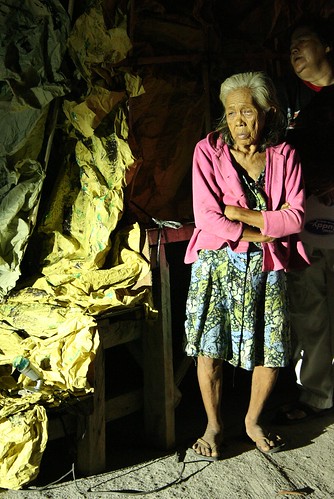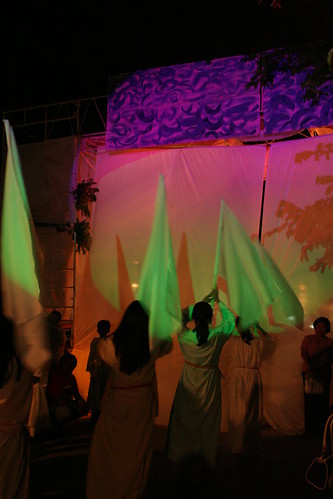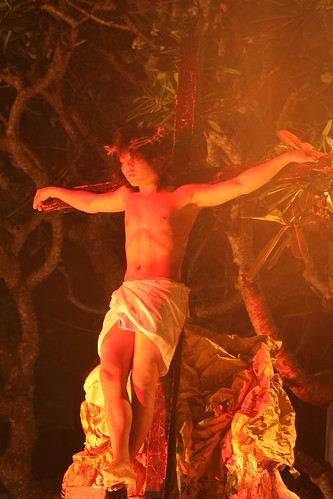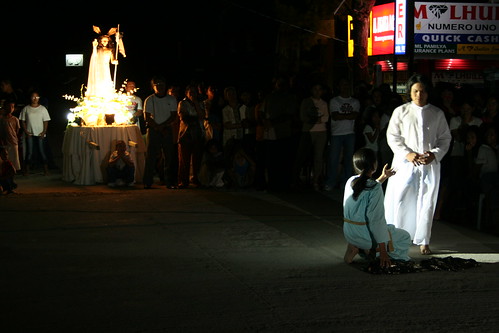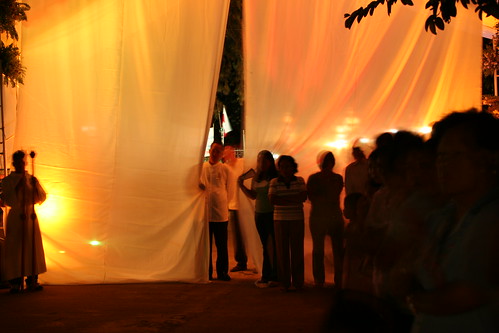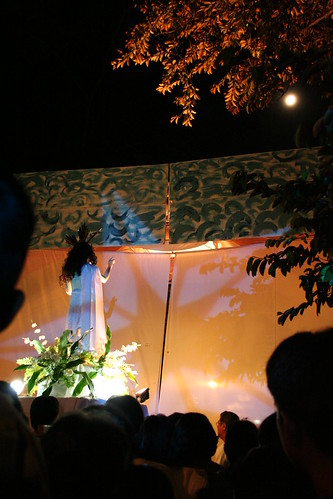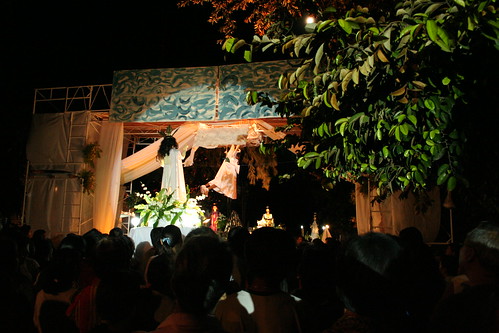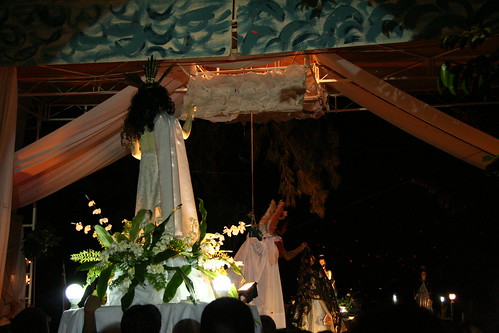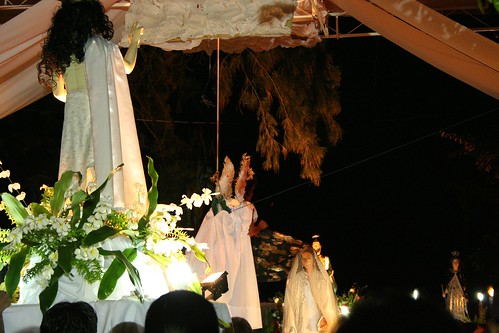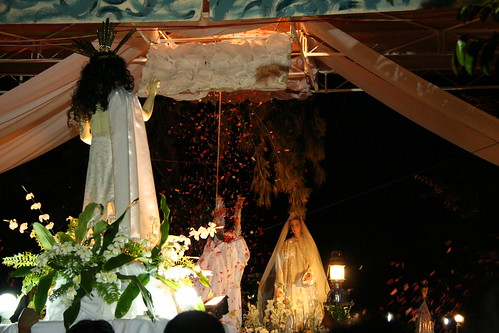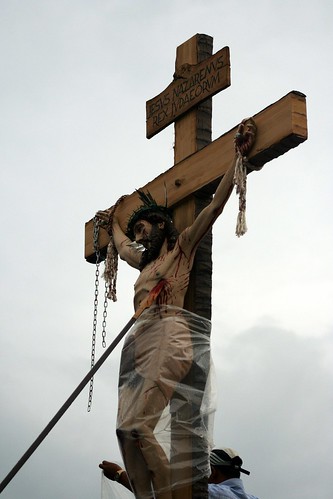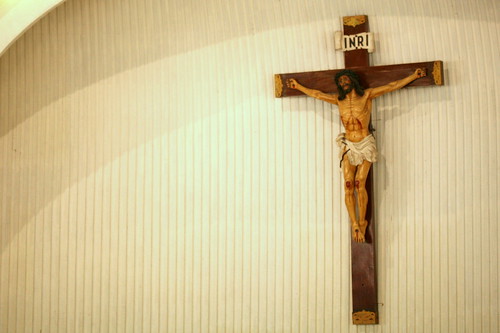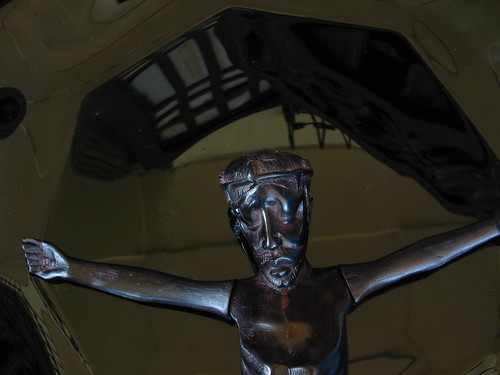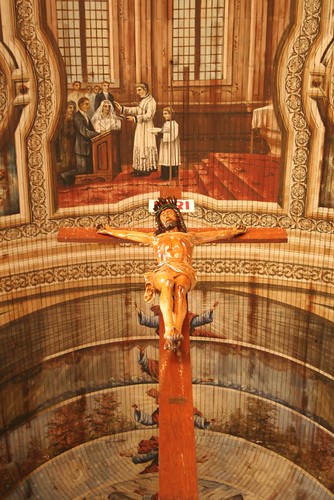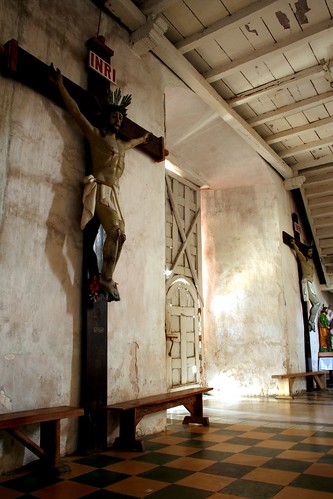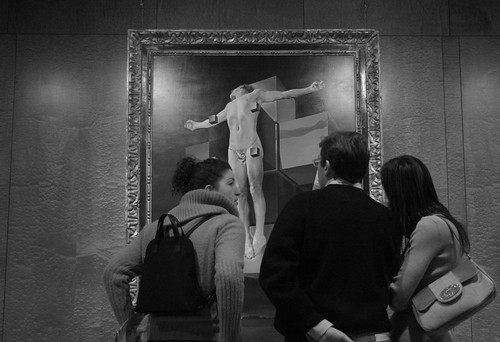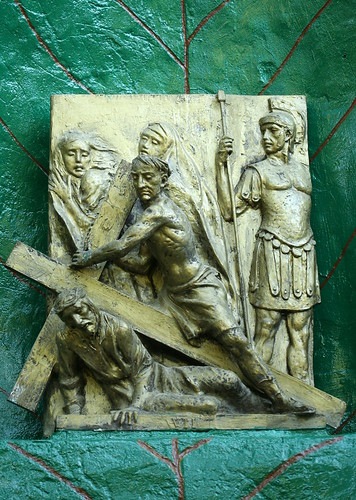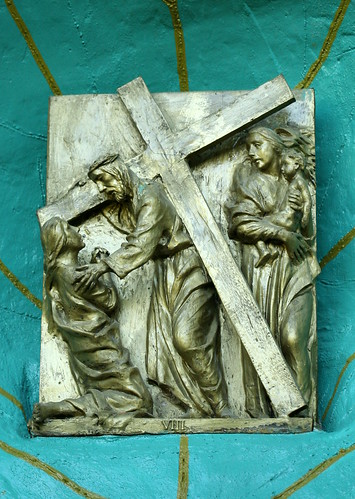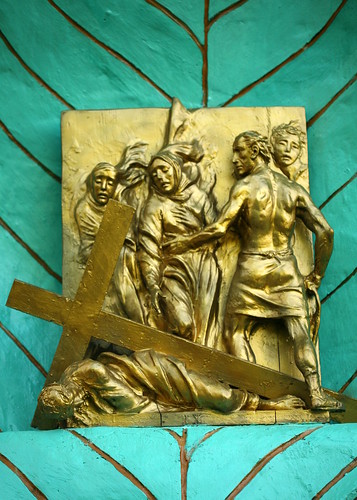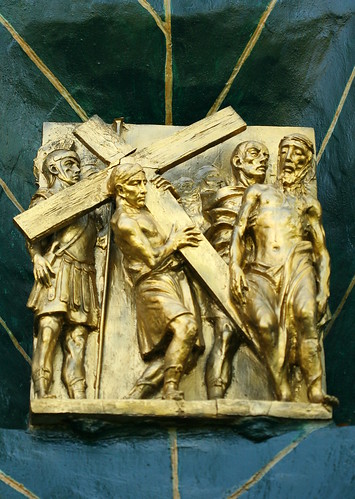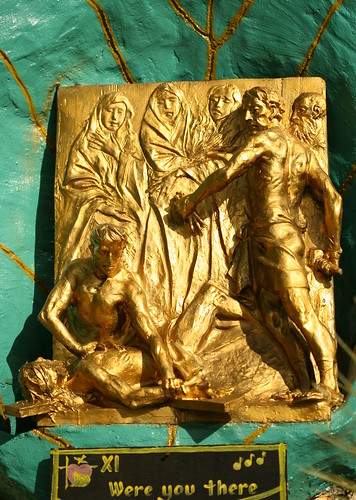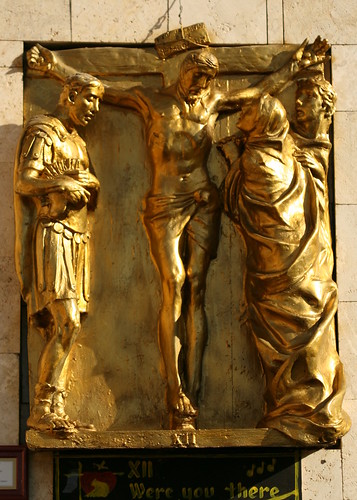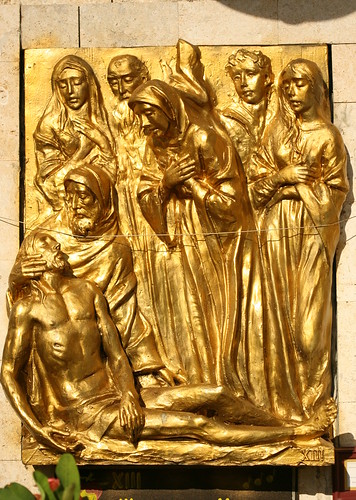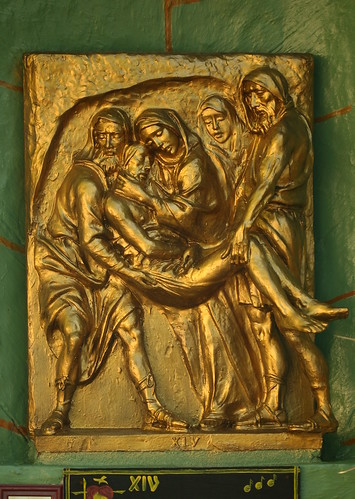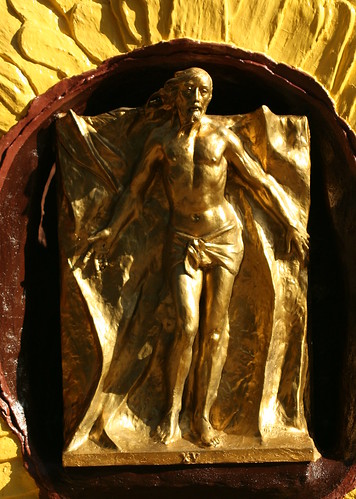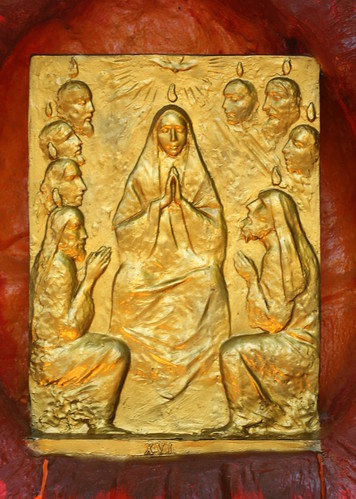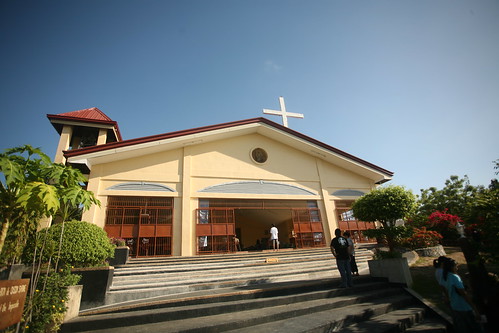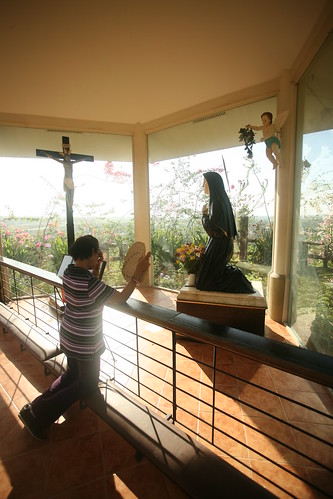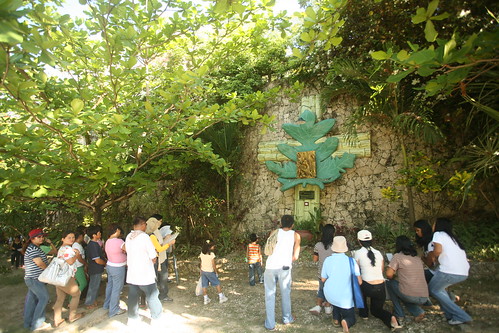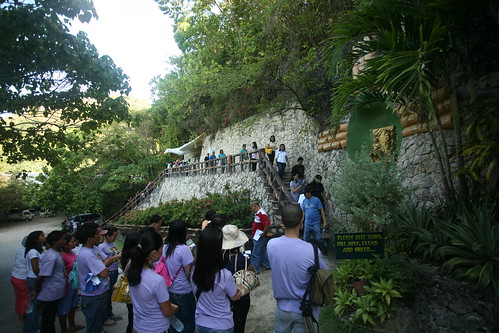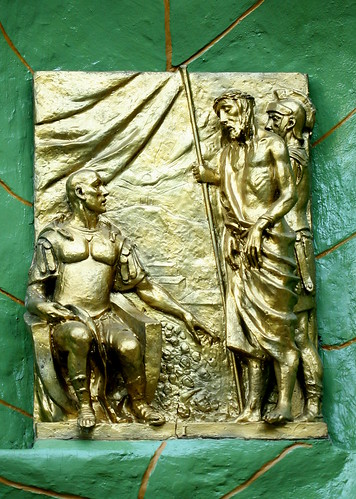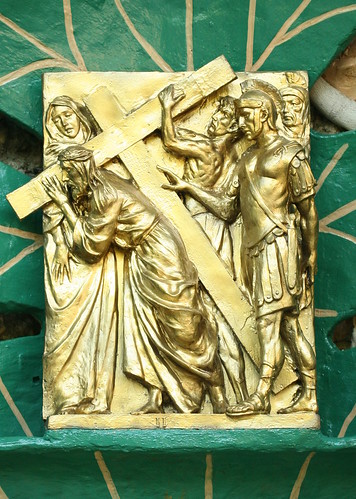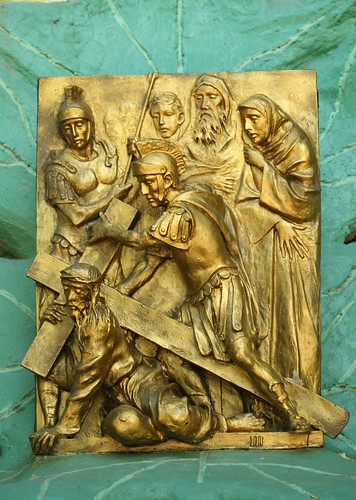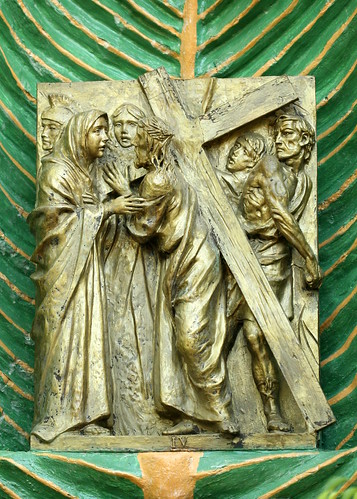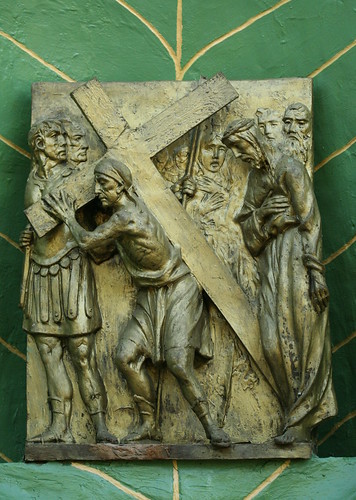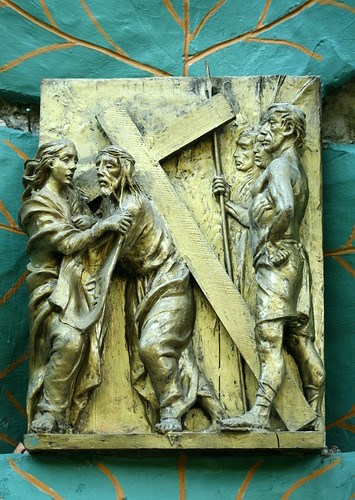a family reunion: an Easter Sunday banquet at Talisay
a Lenten Special
Easter, being the biggest holiday in Christiandom, is best celebrated with family. This year, we all went to my Mom’s place at Talisay where my Auntie Aster prepared a banquet for the immediate family. A professional nutritionist who is now a successful caterer, she can cook up the best of Filipino dishes the traditional Cebuano way.

the pre-banquet snacks: my all time favorite native sweet, the biko
For someone who just abstained from eating meat for the 40 days of Lent, I was dying to eat pork and the party spread did not disappoint. My aunt’s grilled pork was the great abstinence-breaker. It wallowed in such a sweet marinade that even before lunch started, I was filching off pieces off the serving dish.

Auntie Aster's sinugbang baboy
Lunch started a bit late as the kids were having an easter egg hunt and my daughter Cacing even had some action. My cousin Cheyenne, on vacation from New York, helped her find an egg so that she would not come out empty handed.
When we finally dig in the buffet, I made sure I had a big chunk of the dark humba pork knuckles (much like adobo but with lots of soy sauce and some sugar) which was so great it was sinful.
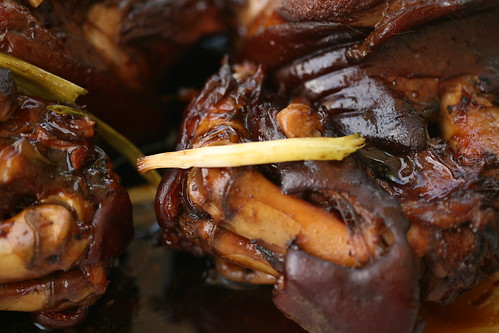
humba in dark sweetened soy sauce
My favorite though was the crispy pata or deep-fried pork feet. The pork skin was so crunchy and crispy that it can easily put the famed Carcar chicharon to shame.
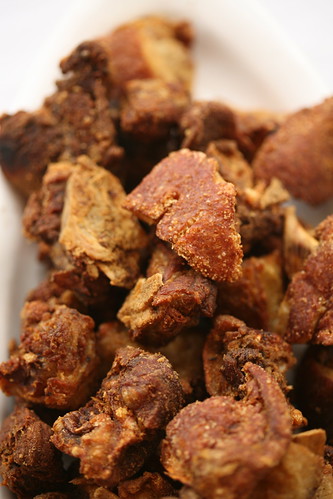
crispy pata
For those who would opt for leaner white meat, there was chicken too. My aunt chose to serve native spring chicken, broiled and served whole.
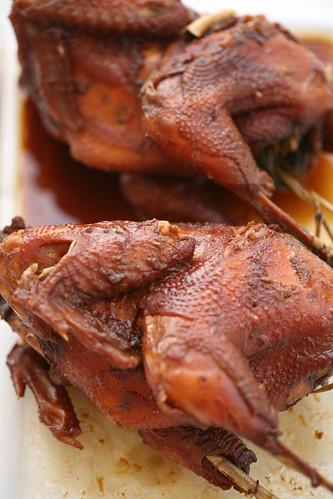
manok bisaya
As added caloric fair, spaghetti and meatballs were served too. Of course, to countermand the cholesterol assault, vegetable dishes came a plenty. There was bitter gourd with egg and pepper, an eggplant stew and the empanada (fried pockets of diced potatoes, carrots, eggs and pork). Seafood was not the call of the day although there was lukot which from a distance could look like string noodles but is really the secretion of the sea hare.

spaghetti with meatballs
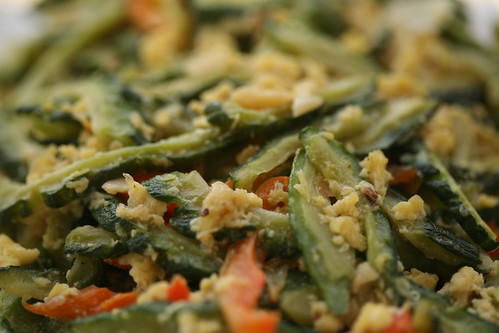
paliya (bitter gourd)
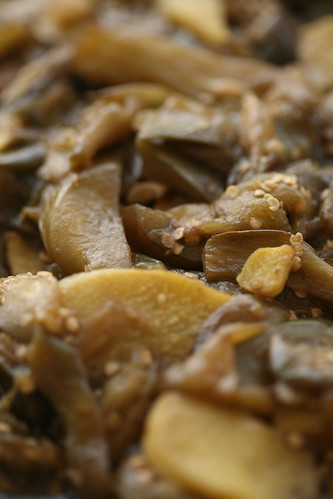
tawong guisado
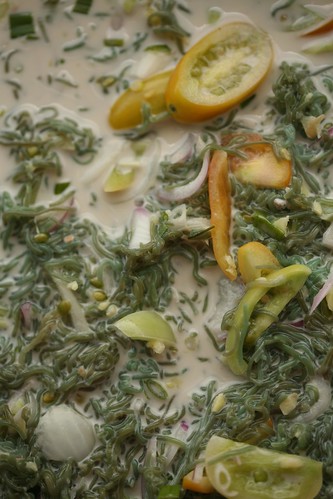
tinunuang lukot (sea hare secretion in coconut milk)
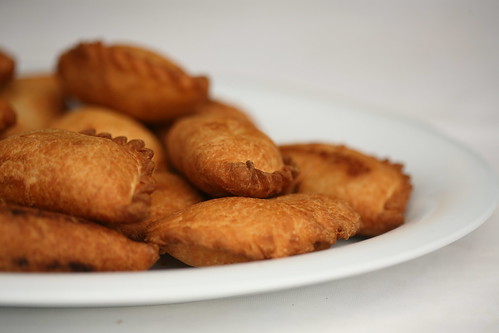
empanada

the empanada filling
Desserts never take a backseat in our family gatherings. Being partial to native delicacies, I had my fill with sticky rice concoctions like my all-time favorite biko. There too were the sapin-sapin and the cassava pitsi-pitsi, sometimes spelled peche-peche. My Aunt Olive also brought in her creamy leche flan or caramel custard which was just divine and perfectly formed. Plus for the chocolate-inclined, there was chocolate cake.
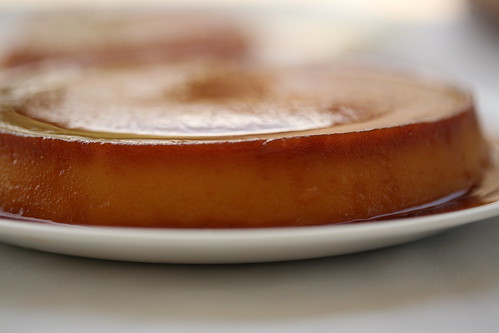
Auntie Olive’s fabulously rich leche flan
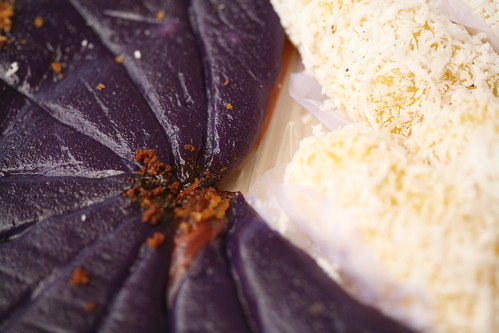
sapin-sapin and pitsi-pitsi
To drown us more in our food coma, later in the afternoon, we were served some freshly prepared native cocoa chocolate sikwate and a homemade puto (white sticky rice, steamed with ginger and sugar) which came from an old recipe handed down from at least three generations.

puto and sikwate
Never easy to beg off from food but hey, it was Easter. May you all had a wonderful weekend as well.






